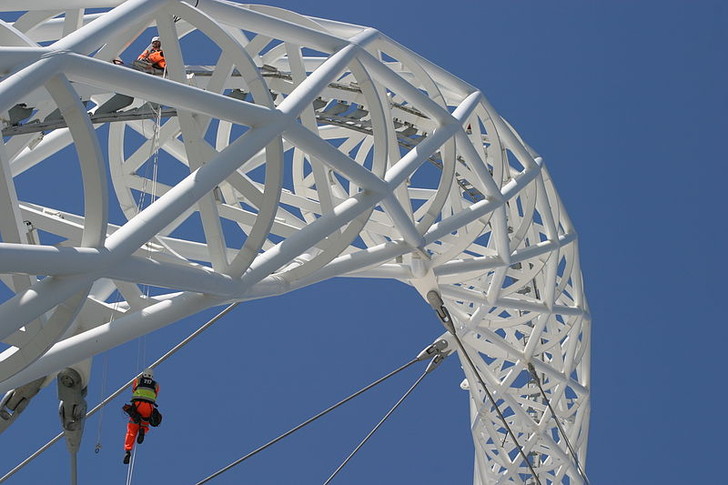

Wembley Arch
Approached by our client to produce a 3D printed architectural model prototype to support their bid for the Wembley Arch.
Gone (too much public outcry) were Wembley’s iconic twin towers, and in came a 135-metre-high arch that curves over (and supports) the stadium’s roof. With a cross-sectional diameter even greater than that of the average Eurostar train, and visible across London when illuminated at night, this soaring piece of architecture has now won a place in the hearts of sports fans up and down the country.
Wembley Stadium opened in 2007, on the site of the original Wembley Stadium, which was demolished from 2002–2003
The new stadium was completed and handed over to the FA on 9 March 2007.
The stadium roof has an area of 40,000 m2, of which 13,722 m2 is movable. The primary reason for the sliding roof was to avoid shading the pitch, as grass demands direct sunlight to grow effectively.
The stadium roof rises to 52 metres above the pitch and is supported by an arch rising 133 metres above the level of the external concourse. With a span of 315 metres, the arch is the longest single-span roof structure in the world. The arch is 7 meters wide which will allow a maintenance cart to be driven inside it to do routine check-ups
Malcolm Nicholls Limited (MNL) was asked to produce a quick prototype for a presentation to aid a bid for tender. The arch was built in sections via MNL’s 3D Print process called Stereolithography (SLA). Once the model had been built the sections were then bonded together by MNL’s highly experienced team of model makers. The overall timeframe was two working days.

